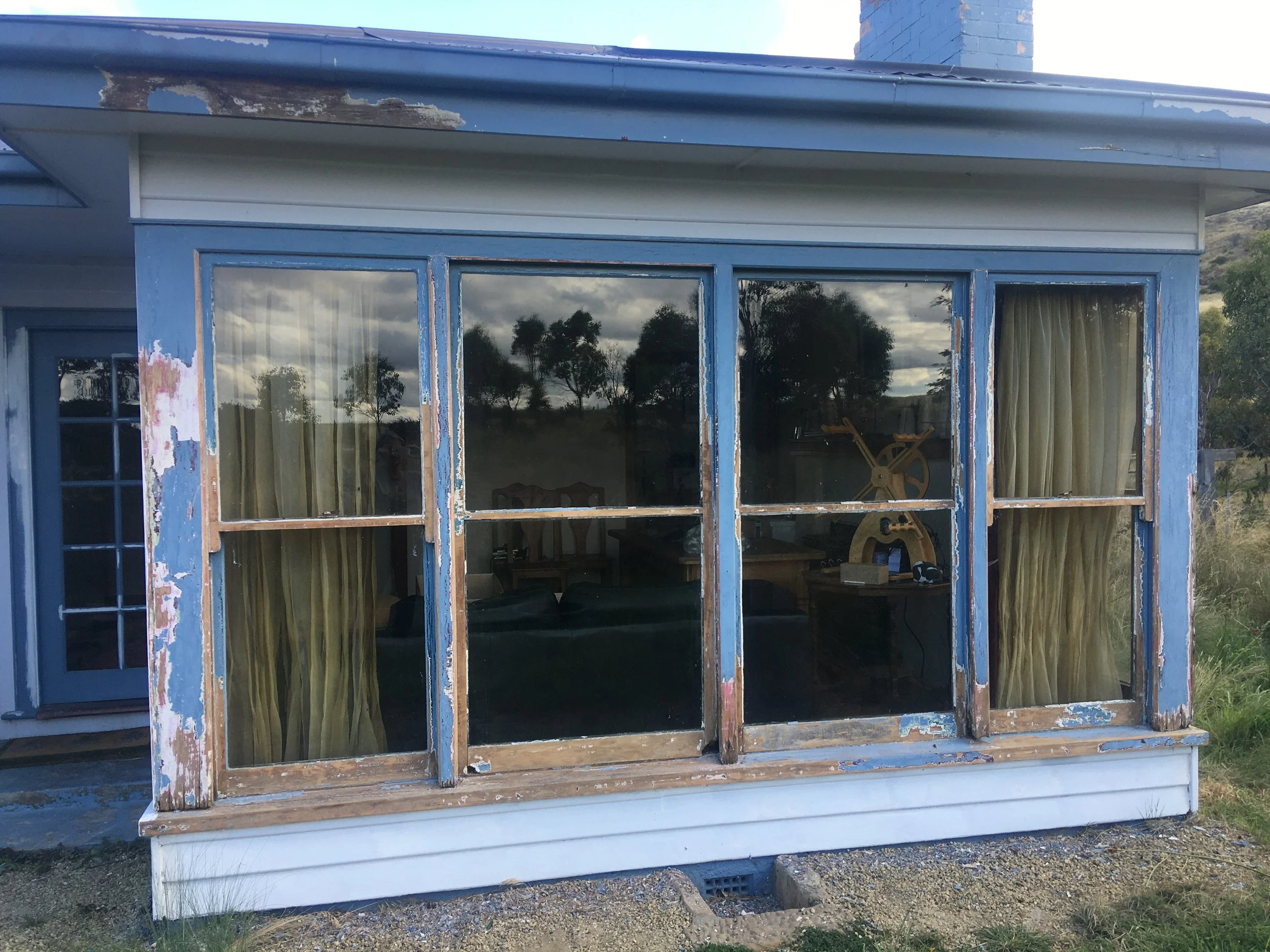I know I’m not alone in my benign neglect of routine maintenance, but that’s not much solace when it starts coming home to roost, like the paint job on my 70-something-year-old weatherboard house. My last few months have been so full of deferred maintenance that I’ve reluctantly come to the conclusion life is 95% maintenance and only 5% exciting new projects. Unfortunately, by attempting for years to live life as though it were the other way around, not only have I neglected maintenance shockingly, I’ve simultaneously created a whole lot more maintenance to ignore. Sigh.
To help me dig out, and stay dug out, I’ve created a maintenance schedule, to which I fondly hope I’ll adhere. I’ve expanded it to include lots of things other than equipment, like writing the occasional post, dusting, cobweb clearing, quarterly activity statements, etc.
Happily for me, I give myself credit for finishing any of the currently due or overdue tasks, no matter whether indoors or out. Outdoors always wins.
Today, I began by thinking I’d shepherd the flock into an area with lots of tasty weeds for a few hours, as they’ve been in a predominantly grass paddock for several days. However, they had positioned themselves quite close to a different gate, one leading into a perfectly lovely, fresh paddock with lots of dandelions, plantain and chicory as well as many species of grass. So, go with the flow—a lesson I learned long ago with shepherding.
The ewe at the back was the one I treated. You can see dark wool on the top of her tail, which is where the flystrike occurred. The blue tinge is extinosad spray to kill the maggots and prevent re-strike.
As I was moving them through the gate, I spotted one with a touch of flystrike—it’s that time of year, and although I jet them with flystrike prevention stuff (Extinosad, an organic compound), I do get the occasional breakthrough strike. So, maintenance took on the shape of catching and treating the ewe. At the same time, I noticed the water trough was not filling properly, so second-level maintenance was to figure out what’s going on with the main water pump.
Third-level maintenance kicked in when I realised that although the pump was pumping ok, the header tank didn’t seem to be filling. My water trough reticulation system consists of a high-pressure pump pushing spring water up 200m to the header tank, and from there it is reticulated to 35 troughs, each controlled by a float valve that opens when the float drops with the water level, and closes when the trough is full. Oh, and a dozen or so taps. ANYWHERE in this system can develop a leak. So off I went to see if I could find a catastrophic leak in the system—usually a float valve that breaks loose, leaving the flow going full blast.
Happily, I can shut off flow to about half of the troughs in the back of the property with a single valve at the header tank, leaving me only 17 or so troughs to check. And as long as I was checking them, fourth-level maintenance piped up and said, “Why not drain those while you’re at it?”. I normally drain troughs once a year or so, leaving them to dry out for a few weeks—which makes them easier to clean.
We have now circled back to the maintenance schedule, which says I’m supposed to drain and clean 9 troughs each quarter. Done and done. I’m still not quite sure what happened with the header tank, but have my fingers crossed it isn’t a leak after all, I just used more water yesterday than I’d thought. We’ll see if the tank fills this afternoon.
And that was my morning. See what I mean about R&M? I did at least avoid cleaning the bathroom….
A trough draining. You can see the line holding the float valve and level closed, and the drain bung.
Note added in press: Hooray! the header tank is nearly full. Hopefully there will be no water-related maintenance tomorrow.



